Rheumatic condition. Rheumatic Diseases: Types, Causes, and Diagnosis
What are the different types of rheumatic diseases? What causes rheumatic diseases? How are rheumatic diseases diagnosed?
Types of Rheumatic Diseases
Rheumatic diseases are a diverse group of conditions that affect the joints, tendons, ligaments, bones, and muscles. They include many types of arthritis, as well as other musculoskeletal disorders. Some of the most common rheumatic diseases are:
– Osteoarthritis (OA): A degenerative joint disease caused by wear and tear on the cartilage, leading to pain, swelling, and stiffness.
– Rheumatoid Arthritis (RA): An autoimmune disease that causes joint inflammation, pain, and stiffness, often affecting the same joints on both sides of the body.
– Lupus (SLE): An autoimmune disease that can affect many organs and cause symptoms like joint pain, fatigue, rashes, and sensitivity to the sun.
– Spondyloarthropathies (e.g. ankylosing spondylitis): A group of inflammatory diseases that primarily affect the spine and sacroiliac joints.

– Sjögren’s Syndrome: An autoimmune disorder that can cause dry eyes, dry mouth, and joint pain.
– Gout: A type of arthritis caused by a buildup of uric acid crystals in the joints, leading to sudden and severe joint pain.
– Scleroderma: A chronic autoimmune disease that can cause thickening and hardening of the skin and connective tissues.
– Infectious Arthritis: Joint inflammation caused by a bacterial or viral infection.
– Juvenile Idiopathic Arthritis: Arthritis that begins in children and young adults, with various subtypes.
– Polymyalgia Rheumatica: An inflammatory disorder that causes muscle pain and stiffness, especially in the shoulders and hips.
Causes of Rheumatic Diseases
The exact causes of most rheumatic diseases are not fully understood, but they often involve a combination of genetic and environmental factors:
– Autoimmune disorders: Many rheumatic diseases, like rheumatoid arthritis and lupus, are autoimmune disorders where the immune system mistakenly attacks the body’s own tissues.
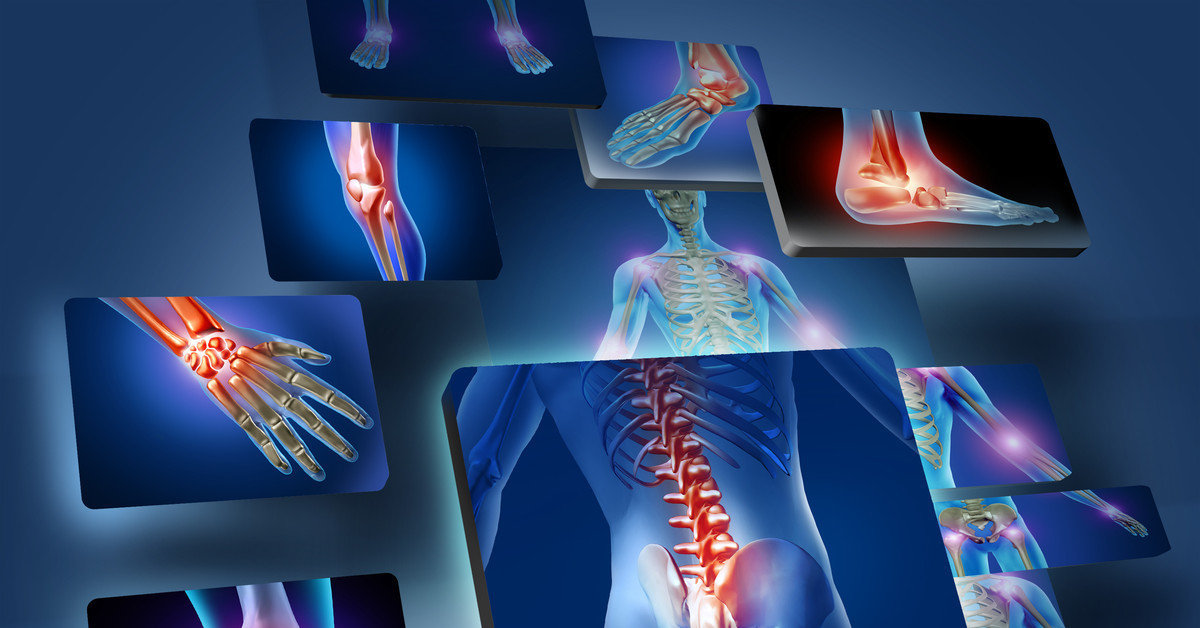
– Genetics: Certain genetic factors can make some people more susceptible to developing certain rheumatic diseases.
– Environmental triggers: Things like infections, exposure to toxins, or physical injury may trigger the onset of rheumatic diseases in people with a genetic predisposition.
– Gender: Rheumatic diseases tend to affect women more often than men.
Diagnosing Rheumatic Diseases
Diagnosing a rheumatic disease typically involves a combination of the following:
– Medical history and physical examination: The doctor will ask about your symptoms and perform a physical exam to assess your joints, muscles, and other affected areas.
– Imaging tests: X-rays, MRI scans, or other imaging can help detect joint damage, inflammation, or other changes associated with different rheumatic diseases.
– Blood tests: Blood tests can look for specific antibodies, markers of inflammation, or other indicators that may help diagnose the type of rheumatic disease.
– Joint fluid analysis: Fluid from an affected joint may be analyzed to look for signs of inflammation or crystals associated with certain types of arthritis.

Diagnosing Osteoarthritis
How is osteoarthritis diagnosed? The key steps include:
– Medical history and physical exam: The doctor will ask about your symptoms and examine the affected joints.
– X-rays: X-rays can show narrowing of the joint space and the presence of bone spurs, which are indicative of osteoarthritis.
– MRI (in some cases): An MRI can provide more detailed images of the joint and surrounding soft tissues.
Diagnosing Rheumatoid Arthritis
How is rheumatoid arthritis diagnosed? The main steps are:
– Medical history and physical exam: The doctor will assess your symptoms, joint involvement, and overall health.
– Blood tests: RA is associated with certain antibodies like rheumatoid factor and anti-CCP antibodies, as well as markers of inflammation like CRP and ESR.
– Imaging tests: X-rays, MRI, or ultrasound can help detect joint damage and inflammation.
Diagnosing Lupus
How is lupus (SLE) diagnosed? The key diagnostic steps include:
– Medical history and physical exam: The doctor will evaluate your symptoms and look for signs of the disease.
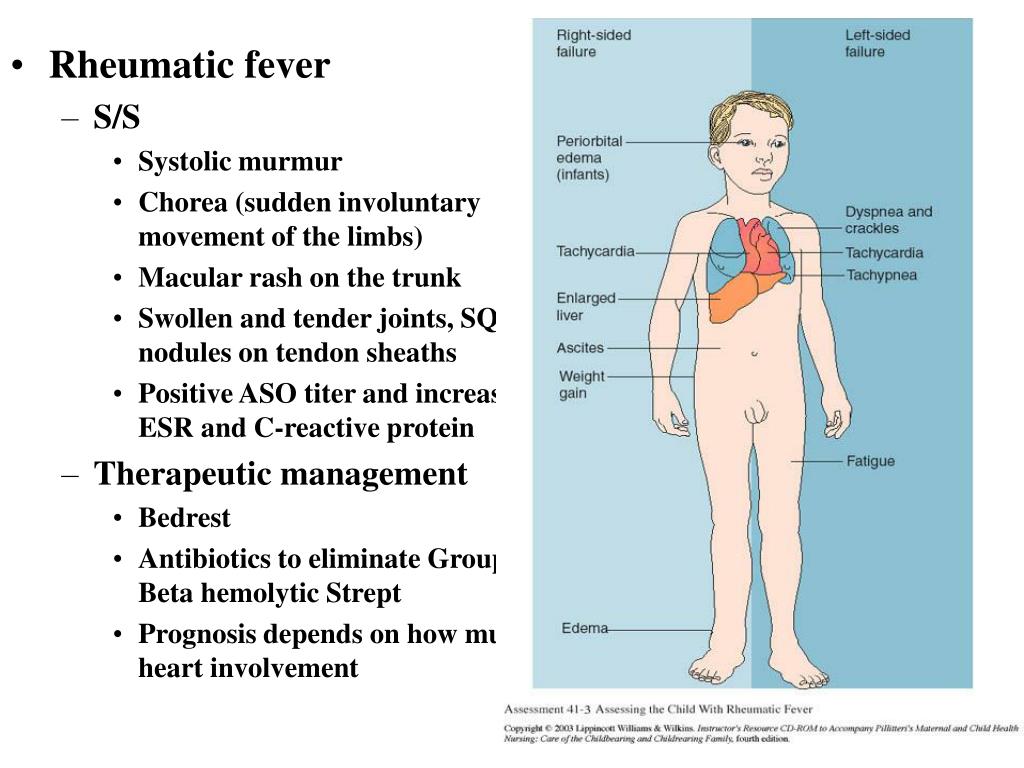
– Blood tests: Lupus is associated with the presence of antinuclear antibodies (ANA) as well as other specific antibodies like anti-dsDNA and anti-Sm.
– Other lab tests: These can include tests for anemia, low white blood cell or platelet counts, and signs of organ involvement.
Rheumatic Diseases: Types, Causes, and Diagnosis
Written by Debra Fulghum Bruce, PhD
- Common Rheumatic Disorders
- What Causes Rheumatic Disease?
- What to Expect When You Have a Rheumatic Disease
Rheumatic diseases affect your joints tendons, ligaments, bones, and muscles. Among them are many types of arthritis, a term used for conditions that affect your joints.
Sometimes they’re called musculoskeletal diseases. Common symptoms include:
- Joint pain
- Loss of motion in a joint or joints
- Inflammation — swelling, redness, and warmth in a joint or affected area
The medical field that studies these types of conditions is called rheumatology. If your regular doctor thinks you have a rheumatic disease, they’ll probably send you to a rheumatologist — a doctor who’s specially trained to treat them.
Your rheumatologist will examine you to diagnose your condition, then oversee a treatment plan for you that will likely include medications, regular exercise, a healthy diet, stress management, and rest.
Years ago, conditions like this fell under the broad heading of rheumatism. Now there are more than 200 distinct rheumatic diseases. Among the most common ones are:
- Osteoarthritis
- Rheumatoid arthritis (RA)
- Lupus
- Spondyloarthropathies — ankylosing spondylitis (AS) and psoriatic arthritis (PsA)
- Sjogren’s syndrome
- Gout
- Scleroderma
- Infectious arthritis
- Juvenile idiopathic arthritis
- Polymyalgia rheumatica
Most of these conditions happen when your immune system goes awry and attacks your own tissues. Doctors aren’t sure what causes this. Sometimes it’s in your genes. Other times it’s a result of something in the world around you, like cigarette smoke, pollution, or something that causes an infection. Gender also plays a role — rheumatic diseases seem to affect women more than men.
• Osteoarthritis (OA)
What it is: Unlike most rheumatic diseases, osteoarthritis isn’t linked to problems with your immune system. It results from damage to cartilage, the cushiony material on the end of your bones. As it wears down, your joints hurt and become harder to move. It usually affects the knees, hips, lower back, neck, fingers, and feet.
It results from damage to cartilage, the cushiony material on the end of your bones. As it wears down, your joints hurt and become harder to move. It usually affects the knees, hips, lower back, neck, fingers, and feet.
Symptoms:
- Pain
- Swelling
- Warmth
- Stiffness
Muscle weakness can make joints unstable. Depending on what parts of the body it affects, OA can make it hard to walk, grip objects, dress, comb your hair, or sit.
Diagnosis: Your doctor will ask about your medical history and symptoms. You’ll also get a physical exam.
Usually by the time someone with OA seeks treatment, there are changes visible on an X-ray of the joint. The X-ray may show a narrowing of the joint space or the presence of bone spurs. In some cases, your doctor might request an MRI (magnetic resonance imaging) to provide a picture of the inside of your joint.
Learn more about osteoarthritis causes, diagnosis, and treatment.
• Rheumatoid Arthritis (RA)
What it is: RA happens when the immune system attacks your own tissues and causes joint pain, swelling, and stiffness. It’s not part of normal aging.
Symptoms:
- Pain and swelling in multiple joints (usually the same joints on both sides of your body, like both wrists or both ankles)
- Problems in other organs such as the eyes and lungs
- Joint stiffness, especially in the morning
- Fatigue
- Lumps called rheumatoid nodules
Diagnosis: You’ll get a checkup and tell your doctor about your health history. The doctor may take X-rays and samples of your joint fluid. They’ll do blood tests that look for different signs of inflammation. These include:
- Antinuclear antibody (ANA)
- Anti-cyclic citrullinated peptides (anti-CCP)
- Complete blood count
- C-reactive protein (CRP)
- Erythrocyte sedimentation rate (ESR)
- Rheumatoid factor (RF)
Find out how rheumatoid arthritis is treated after diagnosis.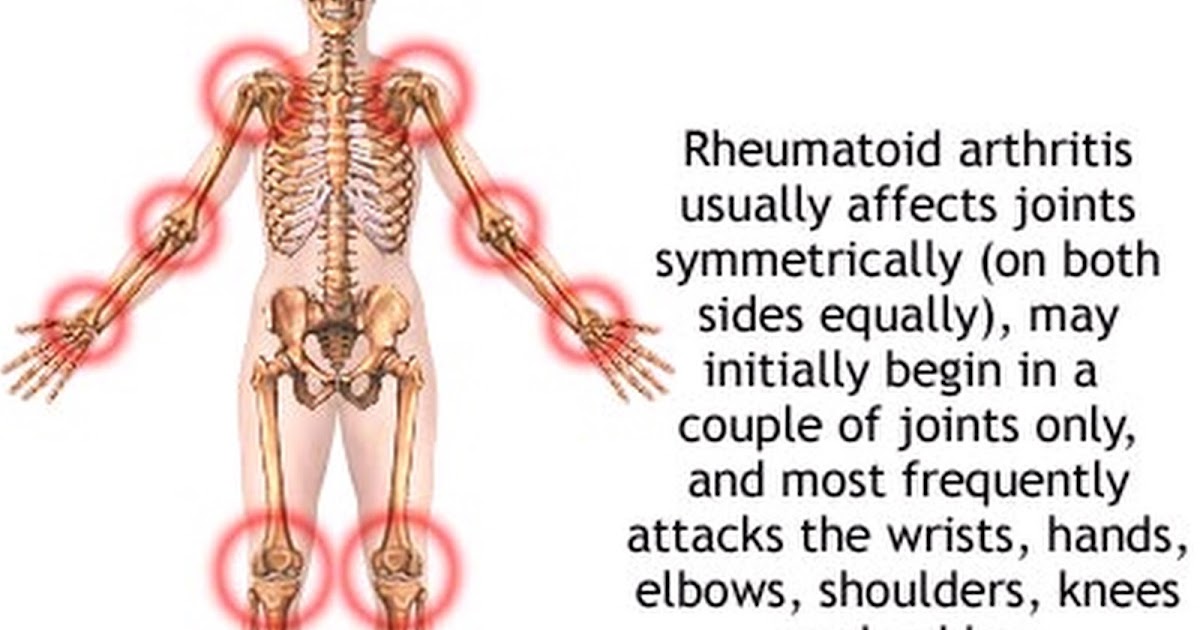
• Lupus
What it is: Lupus (also called SLE or systemic lupus erythematosus) is an autoimmune disease. It can affect many organs in your body.
Symptoms:
- Joint pain
- Fatigue
- Joint stiffness
- Rashes, including a “butterfly” rash across the cheeks
- Sun sensitivity
- Hair loss
- Blue or white fingers or toes when exposed to cold (called Raynaud’s phenomenon)
- Problems in other organs such as the kidneys
- Blood disorders, such as anemia and low levels of white blood cells or platelets
- Chest pain from inflammation of the lining of the heart or lungs
- Seizures or strokes
Diagnosis: Your doctor will ask about your medical history, do a physical exam, and order lab tests of blood and urine samples. Blood tests for lupus include:
- Antinuclear antibody test (ANA). Most people with lupus have a positive ANA blood test.

- Anti-double stranded DNA antibody (Anti-dsDNA)
- Anti-Smith antibody (Anti-Sm)
Read more about the different lab tests that diagnose lupus.
• Ankylosing Spondylitis
What it is: Ankylosing spondylitis usually starts gradually as lower back pain. It usually involves the joints where the spine attaches to the pelvis, known as the sacroiliac joints.
Ankylosing spondylitis is more common in young men, especially from the teenage years to age 30.
Symptoms:
- Gradual pain in the lower back and buttocks
- Lower back pain that worsens and works its way up the spine
- Pain felt between the shoulder blades and in the neck
- Pain and stiffness in the back, especially at rest and when getting up
- Pain and stiffness that get better after activity
- Pain in the middle back and then upper back and neck (after 5-10 years)
If the condition worsens, your spine may become stiffer.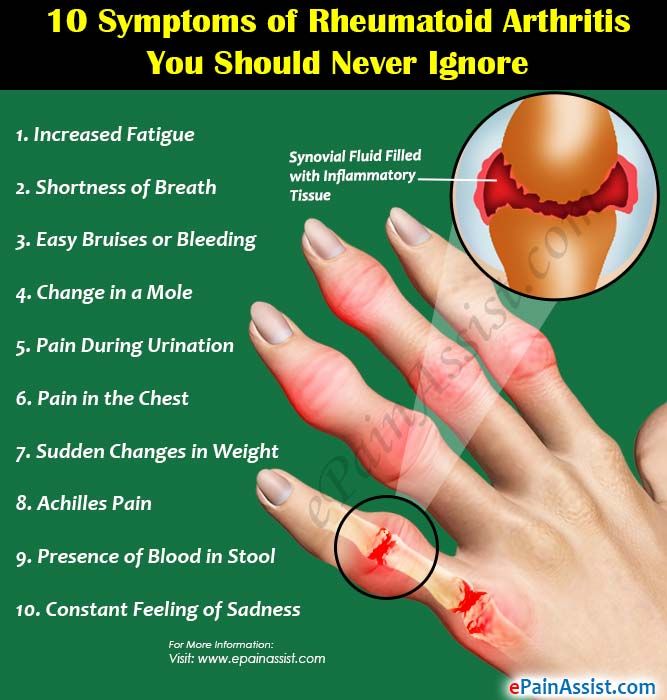 It may become hard to bend for everyday activities.
It may become hard to bend for everyday activities.
Diagnosis: Your doctor will give you a physical exam and ask you about your medical history. You may get X-rays of your back, looking at the sacroiliac joints. A blood test for a protein called HLA-B27 may help confirm a diagnosis.
Get more information on ankylosing spondylitis symptoms, causes, and treatment.
• Sjogren’s Syndrome
What it is: Sjogren’s syndrome causes parts of your body to dry out, like the eyes or mouth. Some people also have RA and lupus. Others just have Sjogren’s. The cause is unknown, but it happens when your immune system attacks those body parts. It’s more common in women than men.
Symptoms:
- Dry eyes (the glands in your eyes don’t make enough tears)
- Eye irritation and burning
- Dry mouth (the glands in your mouth don’t make enough saliva)
- Tooth decay, gum disease, or thrush
- Swollen glands on the sides of your face
- Joint pain and stiffness (rarely)
- Internal organ diseases (rarely)
Diagnosis: Your doctor will do a physical exam and ask about your medical history. You may also get other tests. To confirm the diagnosis, the doctor may do a biopsy, taking tissue from your inner lip to check in a lab.
You may also get other tests. To confirm the diagnosis, the doctor may do a biopsy, taking tissue from your inner lip to check in a lab.
Read more on how Sjögren’s syndrome is diagnosed.
• Psoriatic Arthritis
What is it? A form of autoimmune arthritis sometimes linked with skin symptoms of psoriasis. There are 5 types:
- Symmetric affects joints on both sides of your body. It’s the most common, and it’s similar to RA.
- Asymmetric doesn’t affect the same joints on either side. It may be milder than other forms.
- Distal affects the ends of your fingers and toes, along with your nails.
- Spondylitis affects your spine and neck.
- Arthritis mutilans attacks the small joints at the ends of your fingers and toes. It may be the most severe kind.
Symptoms: They mimic other forms or arthritis:
- Painful swollen joints
- Stiffness — loss or range of motion
- Swollen fingers and toes — they’re often called sausage fingers or toes
- Tendon or ligament pain
- Rash
- Changes to fingernails and toenails
- Fatigue
- Inflamed eyes
- Flares — periods of high disease activity and symptoms
Most people may have skin symptoms before they get joint symptoms.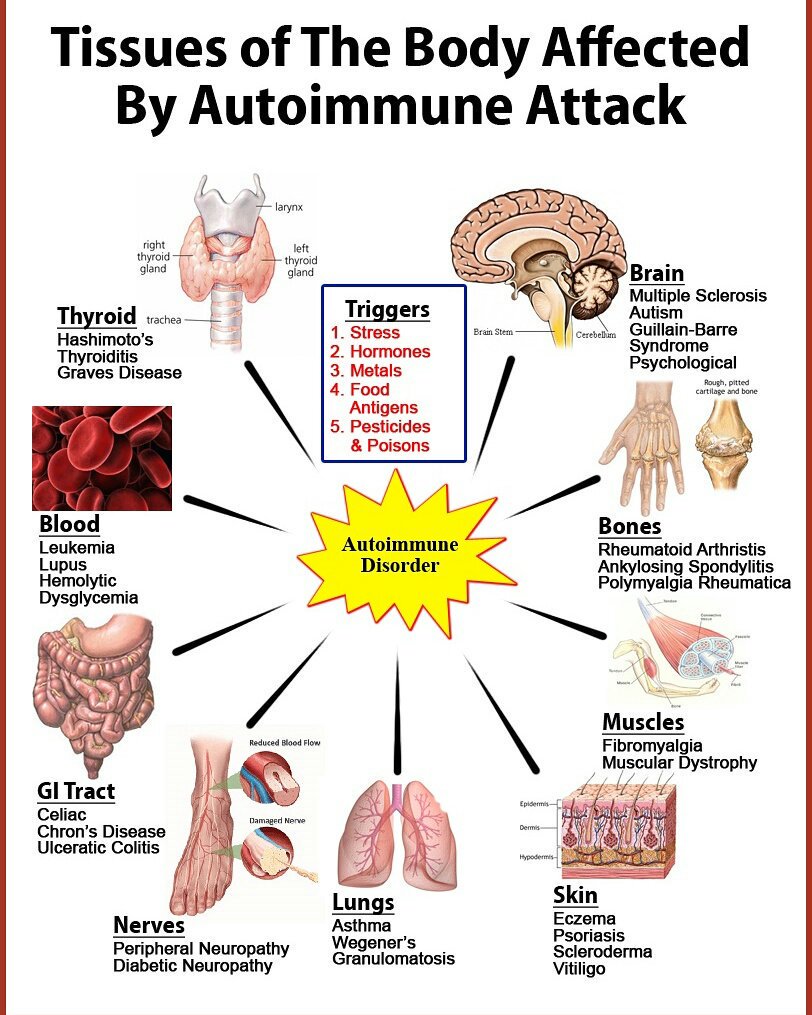 Sometimes it affects the joints first. Some people never have skin symptoms.
Sometimes it affects the joints first. Some people never have skin symptoms.
Diagnosis: It’s a hard disease to pin down. It can resemble RA, gout, and even osteoarthritis.
Genes play a role in this disease, so your doctor will ask about your medical history and that of your relatives. They’ll look at your joints to see if they’re swollen and inflamed, and might draw fluid from one to make sure gout or infectious arthritis isn’t the cause of your problems. They’ll also check your skin for signs of psoriasis. Imaging tests can show if you have joint damage. Blood tests for psoriatic arthritis that look for signs of inflammation include:
- C-reactive protein
- Erythrocyte sedimentation rate
- Rheumatoid factor — people with psoriatic arthritis almost always test negative
Learn more about psoriatic arthritis symptoms, diagnosis, and treatment.
• Gout
What is it? A buildup of uric acid crystals in a joint. Most of the time, it’s your big toe or another part of your foot.
Most of the time, it’s your big toe or another part of your foot.
Symptoms: They almost always come on quickly. You’ll notice:
- Intense joint pain: It’ll probably be in your big toe, but it could also be in your ankles, knees, elbows, wrists, or fingers.
- Discomfort: Even after the sharp pain goes away, your joint will still hurt.
- Inflammation and redness: The joint will be red, swollen, and tender.
- Trouble moving: Your joint will be stiff.
Diagnosis: Gout can look like a lot of other diseases. Your doctor will ask if you have:
- Sudden joint pain, often at night
- One or two joints affected
- Pain-free times between attacks
Lab tests for gout include:
- Synovial fluid analysis — to check for uric acid crystals in your joint
- Uric acid — looks for high levels in your blood
- Basic metabolic panel — checks how well your kidneys work
- Complete blood count (CBC) — looks for white blood cells to rule out other conditions
- Tests for inflammation like rheumatoid factor and anti-nuclear antibodies
Find out more about gout symptoms, causes, and treatment.
• Scleroderma
What is it? It means hard skin. There are two conditions:
Localized scleroderma is the most common type affecting children. About 90% of children are diagnosed between the ages of 2 – 14. About the same number of adults also get this type of scleroderma. They are typically diagnosed in their forties. This type can harden skin and everything beneath it, including fat, connective tissue, muscle, and bone.
Systemic sclerosis can affect many body parts, from skin and blood vessels to organs, muscles, and joints.
Symptoms depend on the type you have. They can include:
- Calcium lumps under your skin
- Digestive trouble
- Dry mouth, eyes, skin, or vagina
- Heart, kidney, or lung problems
- Stiff, swollen, warm, or tender joints
- Weak muscles
- Thickened skin on your fingers
- Raynaud’s phenomenon — low blood flow to fingers and toes that may make them turn blue
- Telangiectasia, small dilated blood vessels you can see through your skin
Diagnosis: The doctor will ask about your medical history and your current symptoms. They’ll probably do blood tests to look for antibodies (proteins) linked to scleroderma. These include:
They’ll probably do blood tests to look for antibodies (proteins) linked to scleroderma. These include:
- Antinuclear antibody (ANA)
- Centromere antibody (ACA)/centromere pattern
- Scl-70 antibody
Get more information on scleroderma diagnosis and treatment.
• Infectious Arthritis
What is it? Arthritis caused by an infection in a joint.
Symptoms: They start quickly. Look for:
- Intense joint swelling and pain
- Usually only one joint affected
- Most likely in your knee, but it can also affect your hips, ankles, and wrists
Diagnosis:
Your doctor will do a complete physical exam and ask about your medical history. They might take a sample of fluid from the joint to figure out what’s causing the infection. They might also X-ray the joint or do other imaging tests, like an MRI or ultrasound, to see if there’s any damage.
Learn what to expect during a joint fluid test.
• Juvenile Idiopathic Arthritis
What is it? The most common form of arthritis in children. The child’s immune system mistakenly attacks its own tissues, causing inflammation in joints and other organs and systems.
Symptoms: The most common joint symptoms include:
- Joint pain
- Swollen joints
- Fever
- Rash
Diagnosis: The doctor will ask about your child’s health history to figure out how long they have been having symptoms. Then they will check the child’s joints for swelling, redness, and range of motion. They’ll probably do blood tests that look for different signs of inflammation. These include:
- Anti-cyclic citrullinated peptides (anti-CCP)
- Antinuclear antibody (ANA)
- Complete blood count
- Erythrocyte sedimentation rate (ESR)
- HLA-B27
- Rheumatoid factor (RF)
They’ll finish up with imaging tests to check for joint damage, like X-rays, an MRI or a CT scan.
Read more for an overview on juvenile rheumatoid arthritis.
• Polymyalgia Rheumatica
What is it? An inflammatory condition that mostly affects older adults.
Symptoms: They can come on slowly or suddenly:
- Stiffness that’s worse in the morning and after sitting or lying still
- Fever
- Poor appetite
- Weight loss
- Pain and stiffness in at least two of the following body parts:
- Buttocks
- Hips
- Neck
- Thighs
- Upper arms and shoulders
Diagnosis: It isn’t easy. The doctor will ask about medical history and do a physical exam. Then they’ll do blood tests to look for different signs of inflammation. The goal is to rule out other autoimmune conditions like lupus and rheumatoid arthritis. Tests include:
- Anti-cyclic citrullinated peptides (anti-CCP)
- Antinuclear antibody (ANA)
- Complete blood count
- C-reactive protein
- Erythrocyte sedimentation rate (ESR)
- Rheumatoid factor (RF)
• Reactive Arthritis
What is it? Arthritis caused by an infection in another part of your body, like your intestines, genitals, or urinary tract.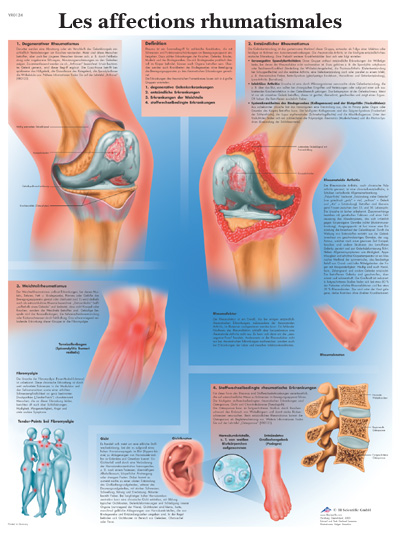
Symptoms: Are usually mild at first. You may not notice them for a few weeks. They can come and go for weeks or months.
The urinary tract is often the first place affected, though women may or may not notice symptoms here. They include:
- Pain when you pee
- The need to go more often
Eyes are the next place symptoms appear. You’ll notice:
- Redness
- Pain
- Irritation
- Blurry vision
Joints are often the last affected area. Watch for:
- Painful, swollen knees, ankles, feet, or wrists
- Swollen tendons (tendinitis)
- Swelling where tendons attach to bones (enthesitis)
- Pain in your lower back or buttocks
- Inflammation in your spine (spondylitis) or the spot where your pelvis and spine connect (sacroiliitis)
Diagnosis: Your doctor will discuss your medical history and current symptoms. They’ll look for signs of joint inflammation and test your range of motion. They’ll look at your eyes, skin, and pelvic/genital area. They’ll take X-rays of your joints, pelvis, and spine to check for swelling, joint damage, and other signs of reactive arthritis. They’ll also take a swab from your urethra (if you’re a man) or your cervix (if you’re a woman) to help spot signs of the disease. A sample of fluid from your joint can help rule out other conditions. So can lab tests on your pee and poop. Blood tests can show signs of inflammation, including:
They’ll look for signs of joint inflammation and test your range of motion. They’ll look at your eyes, skin, and pelvic/genital area. They’ll take X-rays of your joints, pelvis, and spine to check for swelling, joint damage, and other signs of reactive arthritis. They’ll also take a swab from your urethra (if you’re a man) or your cervix (if you’re a woman) to help spot signs of the disease. A sample of fluid from your joint can help rule out other conditions. So can lab tests on your pee and poop. Blood tests can show signs of inflammation, including:
- Erythrocyte sedimentation rate
- C-reactive protein
- Complete blood count
- HLA-B27
Top Picks
Forms of Rheumatic Disease
It is estimated that 46 million Americans suffer from arthritis or other rheumatic conditions. This number is expected to reach 60 million by the year 2020.
This number is expected to reach 60 million by the year 2020.
Rheumatic disease can develop in people of any age, sex or race. There are several different forms of rheumatic disease and some people are more susceptible to some than others. Some contributing factors to the disease, includes:
- Genetics
- Environmental factors
- Gender
- Age
Some people are at higher risk for developing rheumatic disease, including those people who carry the PTPN22 gene, women, African Americans and Hispanics.
Symptoms
The signs and symptoms of rheumatic disease vary depending on the type, but in general people with arthritis experience pain and stiffness in the joints. Early detection and treatment is the key to helping prevent further joint damage and manage symptoms.
Types of Rheumatic Disease
Below is a list of many of the types of rheumatic diseases. If you experience symptoms and your physician feels you need to see a Rheumatologist, please have them contact our office .
Ankylosing Spondylitis | Bursitis | Crohn’s Disease | Gout | Infectious Arthritis | Juvenile Idiopathic Arthritis | Osteoarthritis | Osteoporosis | Polymyalgia Rheumatica (PMR) | Polymyositis | Psoriatic Arthritis |
Rheumatoid Arthritis (RA) | Scleroderma | Sjogren’s Syndrome | Spondyloarthropathies | Systemic Lupus Erythematosus | Tendinitis
Ankylosing Spondylitis
A chronic, or long-lasting, disease that primarily affects the spine and may lead to stiffness of the back. The joints and ligaments that normally permit the back to move become inflamed. The joints and bones may grow (fuse) together.
Bursitis
This is a condition that causes pain and tenderness in the location of bursae, which are small fluid-filled sacs that reduce the friction between the bones and the moving structures.
Crohn’s Disease
Inflammation of the colon or small intestines.
Gout
More than 2 million Americans have gout, which is a type of arthritis where microscopic crystals of uric acid develop on the joints and cause inflammation, swelling and pain. This often occurs in the big toe.
This often occurs in the big toe.
Infectious Arthritis
This general term is used to classify forms of arthritis that develop as a result of an infection. Parvovirus arthritis and Lyme disease are examples of types of arthritis that occur as a result of either a bacterial or viral infection. Early detection is the key to minimizing potential joint damage.
Juvenile Idiopathic Arthritis
This is the most common form of arthritis in children. Common symptoms include pain, stiffness, swelling and loss of function in the joints. It can also be accompanied with fevers or rashes on various parts of the body as well.
Osteoarthritis
OA is the most common type of arthritis that affects about 27 million adults in the United States alone. This chronic condition is characterized by the breakdown of the joint’s cartilage. Cartilage is the part of the joint that cushions the ends of the bones and allows easy movement of joints. The breakdown of cartilage causes the bones to rub against each other, causing stiffness, pain and loss of movement in the joint.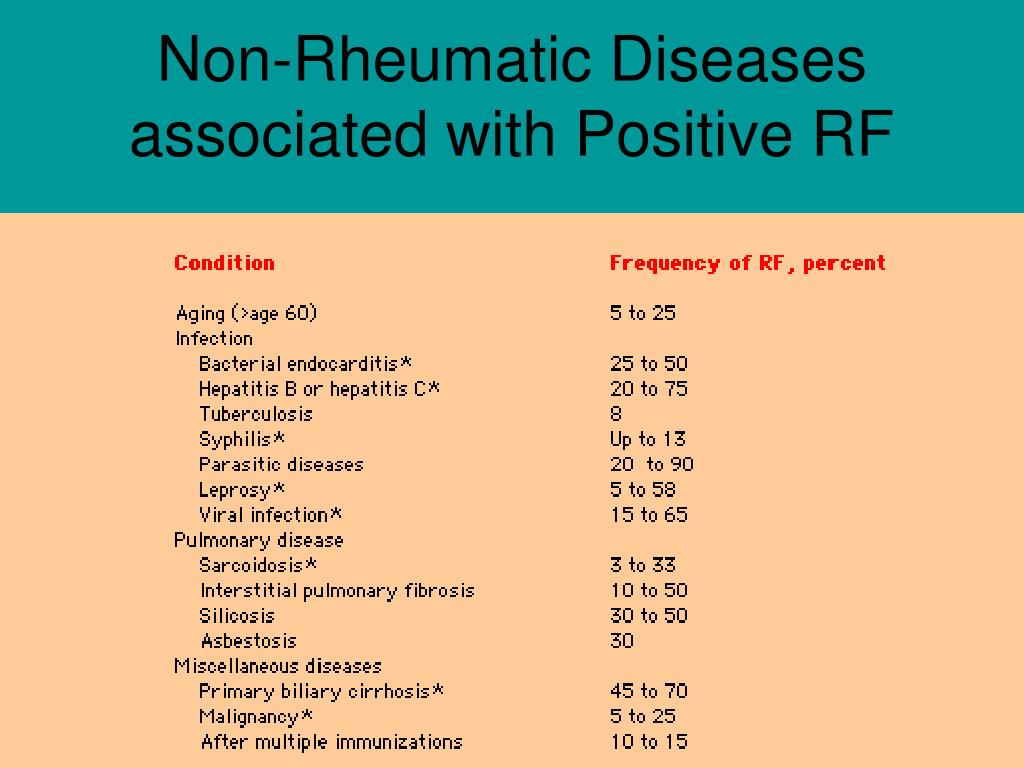 Patients who have been diagnosed with OA are generally cared for by an Orthopedic Specialist.
Patients who have been diagnosed with OA are generally cared for by an Orthopedic Specialist.
Osteoporosis
A condition that is characterized by a decrease in bone mass and density, causing bones to become fragile.
Polymyalgia Rheumatica (PMR)
A condition that causes aching, severe muscle stiffness and pain in the tendons, muscles, ligaments and tissues around the joints in the shoulders, hips, neck and lower back. This can be the first indication of giant cell arteritis, which is a disease of the arteries.
Polymyositis
This rheumatic disease can affect the whole body causing inflammation and muscle weakness, ultimately causing disability.
Psoriatic Arthritis
Psoriatic arthritis is a chronic disease characterized by inflammation of the skin (psoriasis) and joints (arthritis). This often affects the joints at the end of the toes and fingers and can be accompanied by changes in the toenails and fingernails.
Rheumatoid Arthritis (RA)
RA is a chronic disease that affects about 1. 3 million people in the United State. It is mainly characterized by inflammation of the lining, or synovium, of the joints. It can lead to long-term joint damage, resulting in chronic pain, loss of function and disability. RA most often affects the joints of the hands and feet and tend to occur equally on both sides of the body. This is a distinguishing factor from other forms of the disease.
3 million people in the United State. It is mainly characterized by inflammation of the lining, or synovium, of the joints. It can lead to long-term joint damage, resulting in chronic pain, loss of function and disability. RA most often affects the joints of the hands and feet and tend to occur equally on both sides of the body. This is a distinguishing factor from other forms of the disease.
Scleroderma
Also referred to as systemic sclerosis, this disease literally means “hard skin”. Scleroderma occurs when there is an abnormal and overproduction of collagen in the skin. It can affect the skin, blood vessels, joint and possibly internal organs, like the lungs and kidneys.
Sjogren’s Syndrome
An autoimmune disease that causes dry eyes and a dry mouth.
Spondyloarthropathies
This is a group of rheumatic disease that mainly affects the spine, but certain forms can also affect the hips, shoulders and knees. When the tendons and ligaments become inflamed, stiffness and pain occur. There are different forms of spondyloarthropathies that affect people at different ages and may be associated with other underlying conditions such as eye problems, skin rashes and mouth sores.
There are different forms of spondyloarthropathies that affect people at different ages and may be associated with other underlying conditions such as eye problems, skin rashes and mouth sores.
Systemic Lupus Erythematosus
SLE is a chronic (long-lasting) rheumatic disease which affects joints, muscles and other parts of the body. Lupus involves inflammation (the immune system’s response to kill foreign agents, virus, bacteria). More than a quarter of a million people are affected by lupus.
Tendonitis
Tendonitis is a condition where inflammation is present in the tendons that connect muscles to bone. It usually develops when these tendons are overused, injured or if there is a preexisting rheumatic condition. Symptoms usually include pain, tenderness and restricted movement.
Rheumatic diseases
- Main
- What we treat
Rheumatic diseases
How do rheumatic diseases manifest themselves?
Rheumatic diseases are manifested by changes in the locomotor system (musculoskeletal system) and often of unclear etiology. Symptoms that are signs of the disease are pain and limited mobility of the affected joint. Rheumatic diseases are divided into:
Symptoms that are signs of the disease are pain and limited mobility of the affected joint. Rheumatic diseases are divided into:
Degenerative rheumatic diseases
Which lead to the destruction of the articular cartilage of the affected joint or intervertebral disc (cartilage). Most often, the disease affects the hip (Coxarthrosa), knee (gonarthrosa), shoulders (ommartrosa), less often the legs, arms and spine (spondylosa). . The most common diseases are rheumatoid arthritis, rheumatic fever, ankylosing spondylitis (Bekhterev’s disease).
Metabolic diseases of the joints and bones
associated with metabolic disorders. The most common are osteoporosis and gout.
Periarticular rheumatic diseases
Changes do not occur in the joint, but in the tissues in its immediate vicinity. These can be tendons and their sheaths, mucous bags, muscles.
Arthritis rheumatoides (Rheumatoid arthritis)
Rheumatoid arthritis (RA) is a chronic, inflammatory, systemic disease of a progressive and unpredictable nature, which mainly affects the joints of the hands, feet and knees. If left untreated, it leads to irreversible damage and deformity of the joints, loss of their function with a greater or lesser degree of disability, which significantly impairs the quality of life. With the further development of the disease, 20-70% of patients experience damage to other organs and systems.
If left untreated, it leads to irreversible damage and deformity of the joints, loss of their function with a greater or lesser degree of disability, which significantly impairs the quality of life. With the further development of the disease, 20-70% of patients experience damage to other organs and systems.
In inflammatory rheumatic diseases in the acute stage, when the disease is active, there are symptoms of inflammation on the affected joints and the level of sedimentation is increased, spa treatment was usually practiced, in which such patients did not use warm mud and water, as this could lead to stimulation of the inflammatory process in the joints and deterioration of the underlying disease and general condition. Thus, these patients were deprived of the opportunity to benefit from the healing effects of the aforementioned natural therapies, the effectiveness of which is empirically and scientifically proven, and stems from their specific mineral (chemical) composition.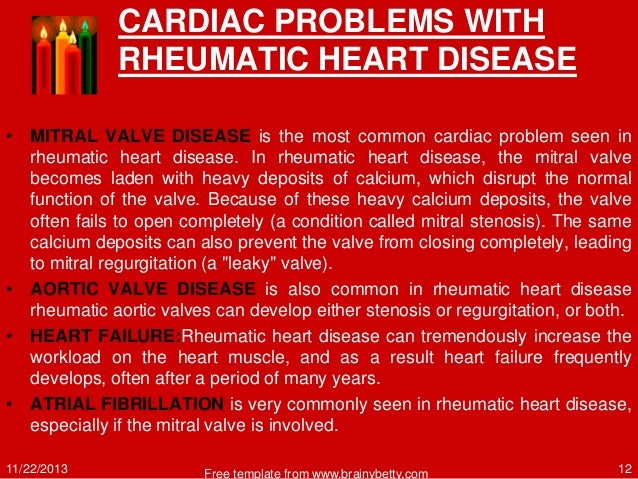
Since 2012, Banja Koviljaca Specialized Hospital for Medical Rehabilitation has a unique opportunity to use mineral mud and cold water. Thus, a new direction is opened in the development of spa therapies for the treatment of inflammatory rheumatic diseases such as rheumatoid arthritis and all other arthritis when they are in the acute stage. A new method of using mineral water and therapeutic mud at a lower temperature, due to the cooling effect, calms the inflammatory process in the affected joints. The mineral composition of this water and mud has been proven to have a beneficial effect on all rheumatic diseases, which leads to a decrease in the intensity of joint pain, the disappearance of inflammation symptoms, a decrease in swelling and an improvement in joint function.
The value of ultrasound in the diagnosis of rheumatoid arthritis
Rheumatoid arthritis manifests itself as defects in the structure of the joints. It belongs to the group of systemic connective tissue diseases. Women suffer from this disease 2-3 times more often than men. The incidence rate increases with age until the seventh decade and is highest between 40 and 60 years of age. Inflammation begins in the synovial membrane – the membrane that covers the inner surface of the joint and provides nutrition to the articular cartilage and the production of joint fluid.
It belongs to the group of systemic connective tissue diseases. Women suffer from this disease 2-3 times more often than men. The incidence rate increases with age until the seventh decade and is highest between 40 and 60 years of age. Inflammation begins in the synovial membrane – the membrane that covers the inner surface of the joint and provides nutrition to the articular cartilage and the production of joint fluid.
The disease begins gradually: fatigue, malaise and general weakness, loss of appetite, weight loss appear. The prodromal period can last for several weeks or months before the onset of symptoms characteristic of RA: symmetrical arthritis, pain, swelling, soreness and increased local temperature of the small joints of the hands and feet, as well as the joints of the wrist with limitation of their mobility, which is accompanied by morning stiffness. Then there is the development of extra-articular manifestations, such as rheumatoid nodules, vasculitis and serositis.
The development of ultrasound technology over the past 10 years has made available the use of ultrasound in the diagnosis of the musculoskeletal system. The advantage of ultrasound compared to CT, MRI and radiography in the complete absence of ionizing radiation, the relatively low cost of examination and the wide availability of . Ultrasound can be used to detect pathological changes in muscles and joints. Ultrasound examination helps in the early diagnosis of rheumatic diseases, differential diagnosis of certain conditions, monitoring of the course of diseases.
Ultrasound cannot show the structure inside the bone, but the bone cortex and cartilage are visible. Foreign bodies are usually hyperechoic and are best seen when placed in hyperechoic tissues such as muscle. Hematomas in the muscles after injury can be displayed, localization of hematomas is possible.
How to deal with rheumatoid arthritis?
If the disease is detected in time and immediately proceed to adequate treatment, then arthritis can be cured.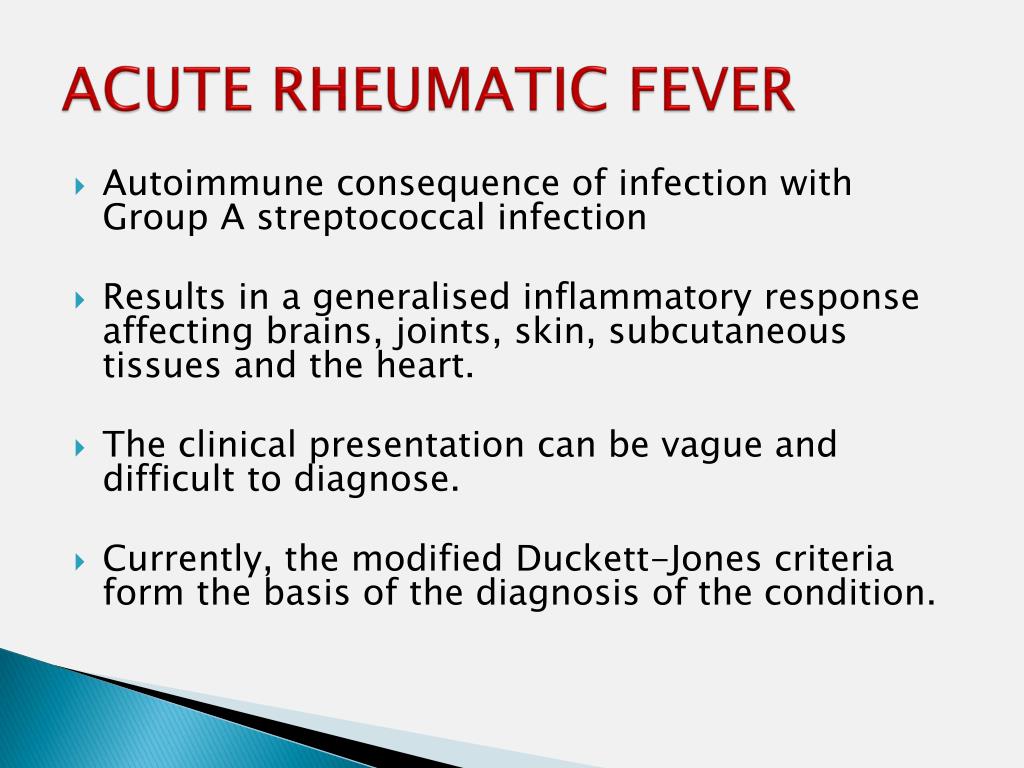
Rheumatoid arthritis is an inflammatory rheumatic disease that is very widespread. It most often manifests itself between 40 and 60 years of age. Women in the period before menopause are 2-3 times more likely to suffer from this disease than men. In old age after fifty years, this difference decreases. Despite its prevalence, the cause of the disease is unknown.
Genetic predisposition, environmental factors, and an altered immune response play a role in the occurrence of the disease. The disease usually manifests itself in the form of pain, swelling and several hours of morning stiffness in the joints. Initially, the disease captures the small joints of the hands, feet, wrists and shoulders. Often, before the appearance of changes in the joints, general signs appear in the form of fatigue, malaise, fever, loss of appetite.
If the early diagnosis, and therefore the appropriate treatment, is delayed, the disease leads to irreversible deformity in the later period.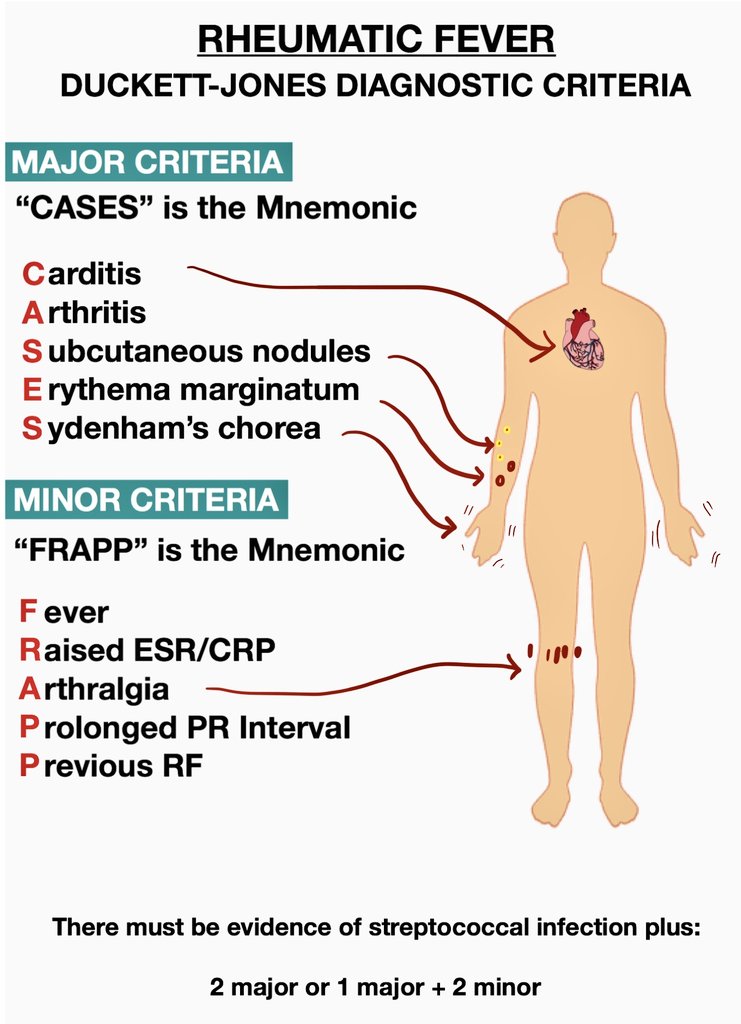 Modern laboratory tests make it possible at an early stage to recognize elevated values of parameters that indicate this disease. In addition, ultrasound diagnostics plays an invaluable role in the early detection of this disease. Already in the first 6 months it is possible to detect changes that indicate rheumatoid arthritis. If the disease lasts longer than a year, changes in the musculoskeletal system are also visible on x-rays. Once there was an opinion that rheumatoid arthritis should be treated delicately, carefully. It is currently accepted that that it is necessary to make a diagnosis as soon as possible and start treatment immediately . A special place in the treatment of arthritis is occupied by balneo-physiotherapeutic methods of treatment. In Banja Koviljaca Specialized Hospital for Medical Rehabilitation, these methods successfully treat rheumatoid arthritis. Therapies are carried out with the help of sulfuric water and therapeutic mud.
Modern laboratory tests make it possible at an early stage to recognize elevated values of parameters that indicate this disease. In addition, ultrasound diagnostics plays an invaluable role in the early detection of this disease. Already in the first 6 months it is possible to detect changes that indicate rheumatoid arthritis. If the disease lasts longer than a year, changes in the musculoskeletal system are also visible on x-rays. Once there was an opinion that rheumatoid arthritis should be treated delicately, carefully. It is currently accepted that that it is necessary to make a diagnosis as soon as possible and start treatment immediately . A special place in the treatment of arthritis is occupied by balneo-physiotherapeutic methods of treatment. In Banja Koviljaca Specialized Hospital for Medical Rehabilitation, these methods successfully treat rheumatoid arthritis. Therapies are carried out with the help of sulfuric water and therapeutic mud. Kinesitherapy, electro and magnetotherapy, ultrasound and laser are also used.
Kinesitherapy, electro and magnetotherapy, ultrasound and laser are also used.
The Key to Arthritis Success
- Early diagnosis
- Aggressive drug approach
- Timely start of balneo-physiotherapy treatment under medical supervision
What you need to know about rheumatic diseases
home
Rheumatology in Russia
Information about the disease
org/ListItem”>What you need to know about rheumatic diseases
Diseases
INFORMATION FOR PATIENTS (from the European Antirheumatic League and the American College of Rheumatology)
How many people suffer from rheumatic diseases in Europe?
According to statistics, more than 100 million people in Europe have rheumatic diseases, which is a quarter of all Europeans.
Is there a relationship between rheumatic diseases and gender and why?
Rheumatic diseases can affect all people, regardless of age and sex, although women are affected more often than men. The M:W ratio is 40% and 60%, respectively. This is partly due to the peculiarities of the hormonal status in women, but the exact reason remains unclear.
What is the economic cost of rheumatic diseases?
Rheumatic diseases are the most expensive for European health care and represent a serious socio-economic problem, causing an economic loss of more than 200 billion euros per year to the budgets of European countries.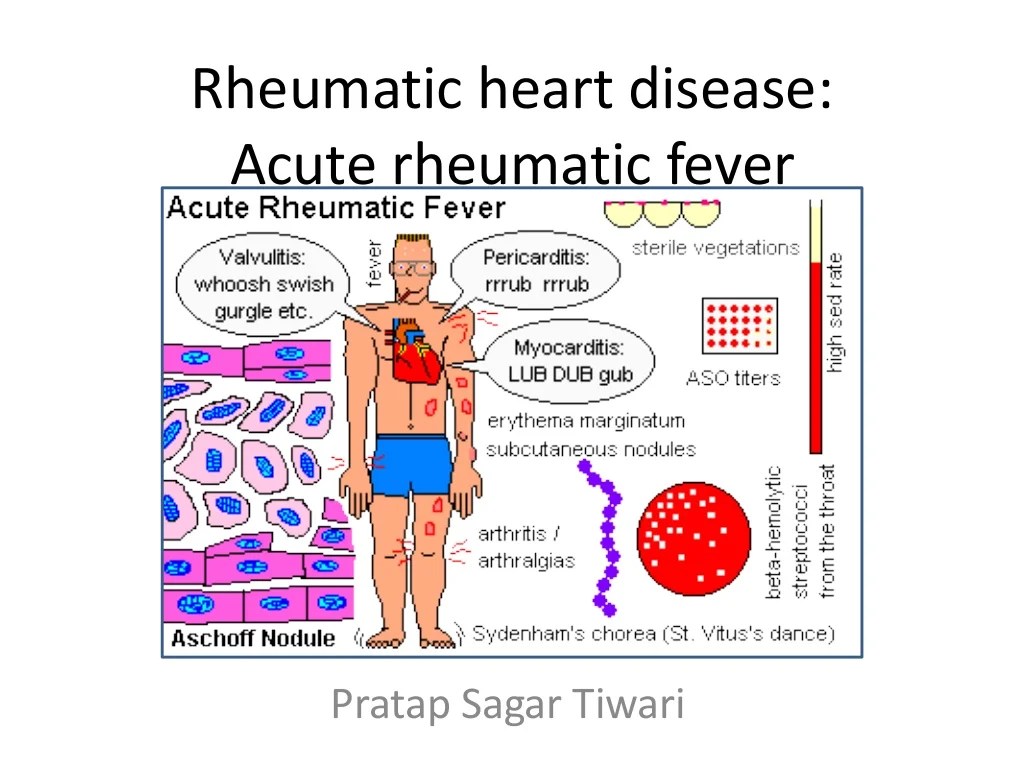
Rheumatic diseases are primarily classified as both non-inflammatory and inflammatory diseases.
The most common non-inflammatory rheumatic diseases are:
- Degenerative diseases of the spine
- Osteoarthritis (knees, hips, hands)
- Osteoporosis
- Fibromyalgia
The most common inflammatory rheumatic diseases are:
- Rheumatoid arthritis
- Ankylosing spondylitis
- Reactive arthritis
- Systemic connective tissue diseases
How are rheumatic diseases diagnosed?
A definite diagnosis of rheumatic disease in most cases can be made on the basis of anamnesis, examination, results of instrumental studies and special laboratory tests.
Suspect rheumatic disease if the following signs and symptoms are present:
- Persistent joint pain
- Soreness when pressing on the joints
- Inflammation manifesting as joint swelling, stiffness, redness and/or feeling hot
- Joint deformity
- Restriction of mobility and function of the joints
- Great tiredness, weakness, or feeling of general ill health
Is it possible to make an accurate diagnosis in the initial phase of the disease?
Often the correct diagnosis is not immediately made; however, in most cases, a rheumatologist can make a timely and correct diagnosis. However, some patients may require several visits to the doctor before a definite diagnosis is made.
However, some patients may require several visits to the doctor before a definite diagnosis is made.
How can the situation be improved?
It can be improved through regular education of primary care physicians, an increase in the number of rheumatologists, informing patients about important symptoms of the disease, and earlier referral of patients to a rheumatologist.
Whom can a patient contact if they have symptoms of a rheumatic disease?
The best approach is to consult a general practitioner who is well informed about rheumatic diseases. He should refer the patient to a rheumatologist to clarify the diagnosis. If an inflammatory rheumatic disease is suspected, a consultation with a rheumatologist should be carried out as soon as possible.
There are many types of treatment, which ones are most effective?
There is no universal remedy or treatment that works for all patients with rheumatic diseases. There are methods that reduce pain, signs of inflammation, and joint deformity.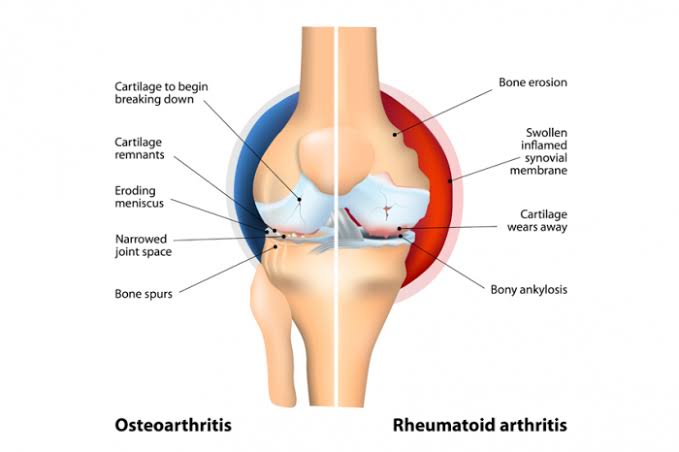
How do I know if the chosen treatment is the most appropriate?
Patients differ from each other in their response to therapy. Therefore, it is very important to monitor the development of symptoms during treatment and regularly see a rheumatologist.
Are there any treatment recommendations?
The European Antirheumatic League and the Association of Rheumatologists of Russia have developed recommendations for the treatment of rheumatic diseases, taking into account the results of clinical studies and many years of experience in the use of drugs in rheumatological practice.
Is it possible to cure rheumatic diseases?
This is the main goal of treatment. However, at present a more realistic goal is to achieve clinical remission. The next goal is drug-free remission, and this is now increasingly achievable.
Are there complications in rheumatic diseases?
Rheumatic diseases can reduce life expectancy, whether they are inflammatory or not in nature.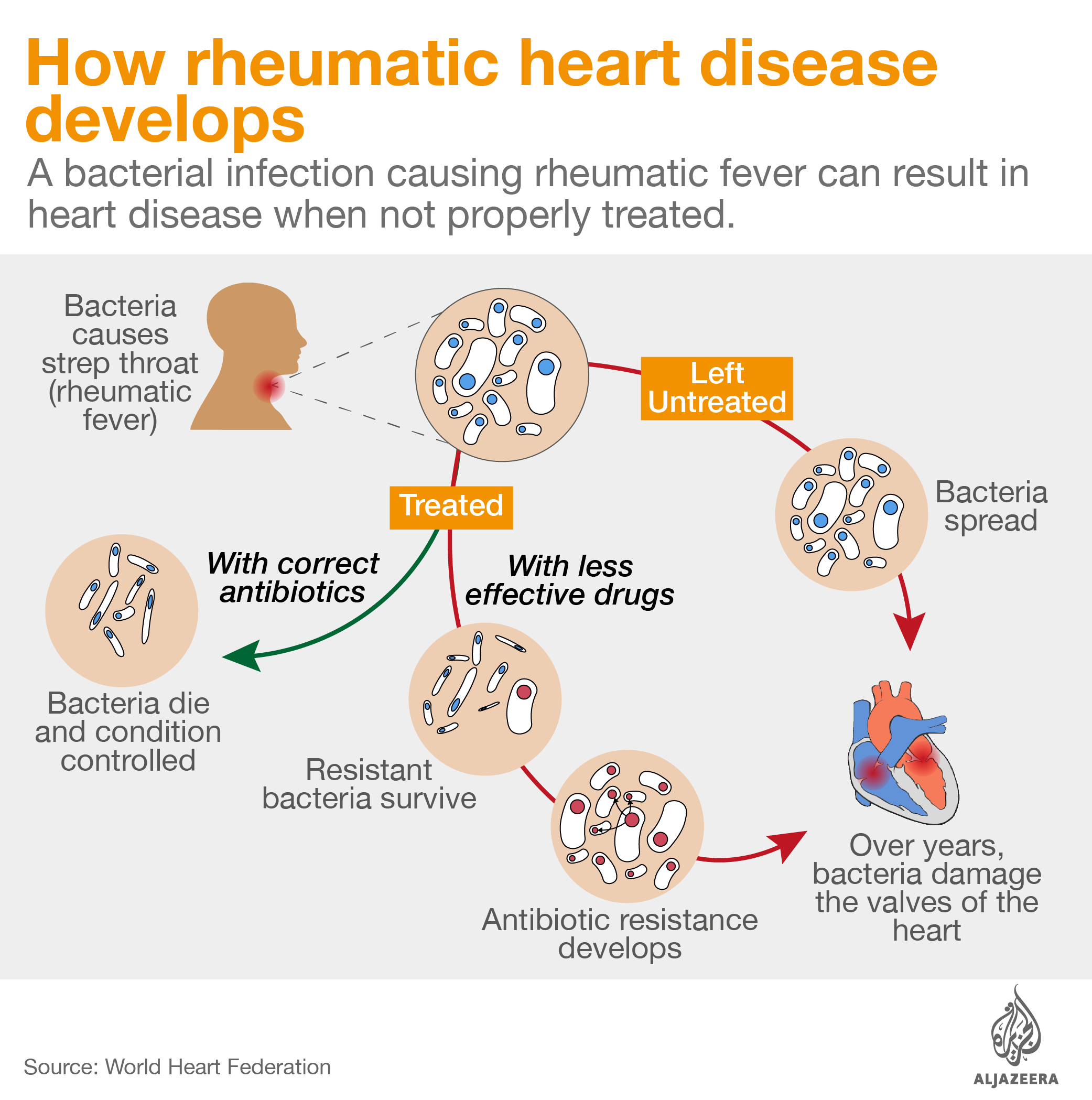 Therefore, an effective therapy that reduces mortality is needed. Regular monitoring for concomitant diseases such as arterial hypertension and atherosclerosis of the coronary vessels is recommended.
Therefore, an effective therapy that reduces mortality is needed. Regular monitoring for concomitant diseases such as arterial hypertension and atherosclerosis of the coronary vessels is recommended.
Are there new treatments? Is there progress in research?
Europe has a well-deserved reputation for innovation and new approaches to therapy and the development of new treatments. The prognosis for patients with rheumatic diseases, especially inflammatory ones, has improved significantly as a result.
Are rheumatic diseases hereditary?
In most rheumatic diseases, heredity matters, but this does not mean that the development of the disease is inevitable. However, a patient with a family history of rheumatic diseases should be particularly vigilant about his health.
Are there ways to reduce the risk of rheumatic diseases?
As with other diseases, the most important are the patient’s awareness of the disease and early contact with the doctor.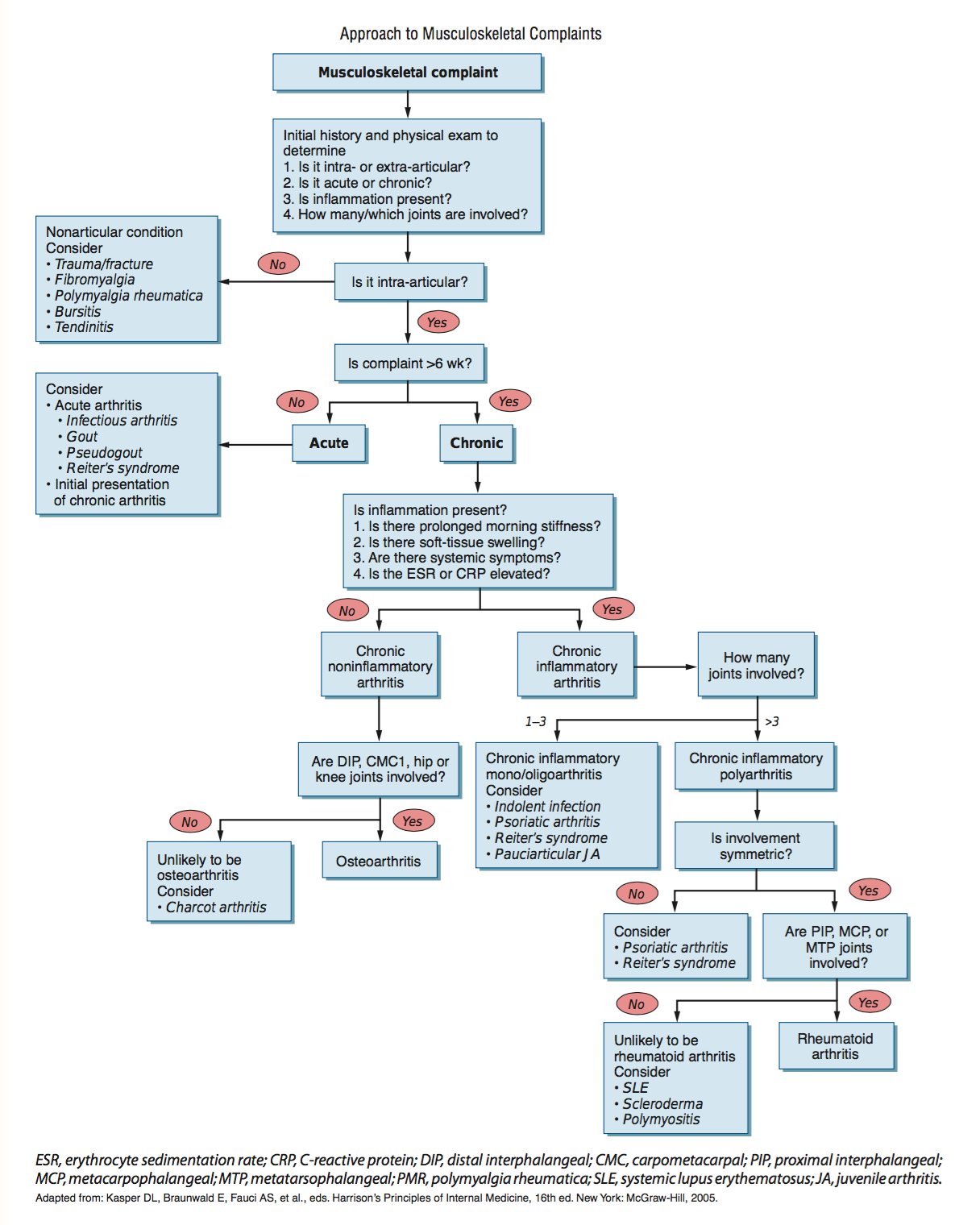 A healthy lifestyle, a balanced diet and physical activity are always recommended as preventive measures for all kinds of diseases.
A healthy lifestyle, a balanced diet and physical activity are always recommended as preventive measures for all kinds of diseases.
Are there factors that increase the risk of rheumatic diseases?
The incidence of joint disease increases with age, weight gain and some occupational activities. It is now clearly proven that smoking is the most important factor that increases the risk of developing inflammatory rheumatic diseases.
Is it possible to live with a rheumatic disease?
Early diagnosis and effective treatment can reduce symptoms and disability. The quality of life of people with rheumatic diseases deteriorates if the disease is poorly treated.
What you need to know about rheumatic diseases
1. Terminology and its correct application.
- Rheumatism refers to a variety of disease states involving the joints, bones, cartilage, tendons, ligaments and muscles.
- Rheumatic diseases, also called musculoskeletal diseases, are characterized by pain and decreased range of motion and function of one or more areas of the musculoskeletal system, when there are signs of inflammation, swelling, redness, and a feeling of heat in the affected area.
 In rheumatic diseases, internal organs can also be affected.
In rheumatic diseases, internal organs can also be affected. - Some people call arthritis all rheumatic diseases. Arthritis, which literally means inflammation of the joints, is part of the rheumatic diseases. Arthritis in a limited sense is manifested by joint pain, stiffness, inflammation, and joint damage.
2. Rheumatic diseases are a large group of diseases
Rheumatic diseases include more than 200 different diseases, from various types of arthritis to osteoporosis and systemic connective tissue diseases.
3. Rheumatic diseases are widespread.
In today’s world, rheumatic diseases affect more people than other diseases. In fact, one third of the population of all ages develop rheumatic diseases at some point in their lives. In Europe almost every family has some kind of rheumatic disease. Moreover, untreated rheumatic diseases lead to a reduction in life expectancy.
4. Who is affected by rheumatic diseases?
Rheumatic diseases occur in all age groups, regardless of gender, although women are affected more often than men.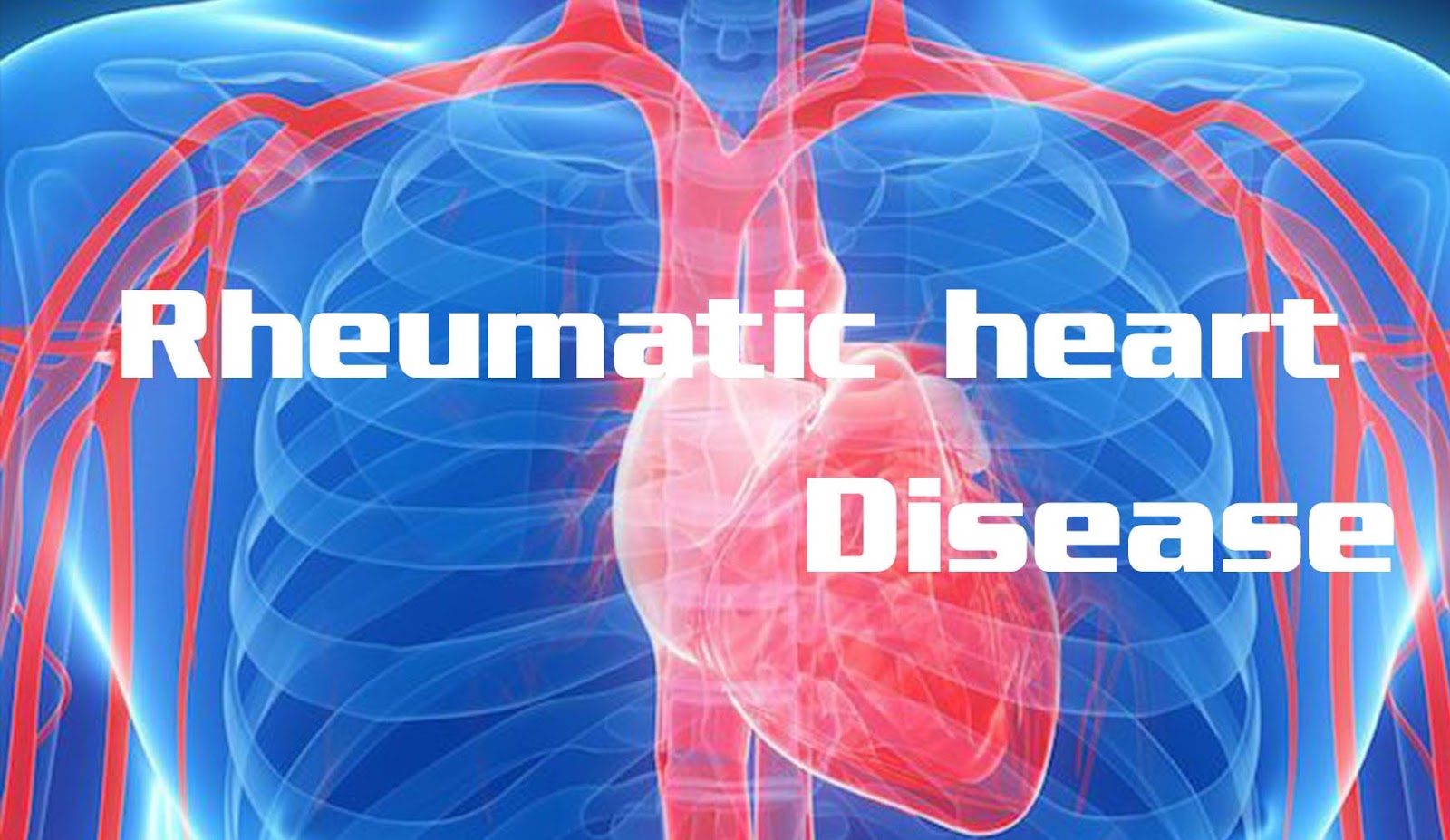
5. The main factors that increase the risk of developing rheumatic diseases.
- Smoking
- Overweight
- Genetic factors
- Certain occupations involving injuries and overloading of the joints
- Aging
6. Symptoms of rheumatic disease
You may be suspected of having rheumatic disease if you have the following signs and symptoms:
- Constant pain in the joints
- Soreness in the joint on palpation
- Inflammation resulting in joint swelling, stiffness, redness and/or localized fever
- Great fatigue, lack of energy, weakness or feeling unwell
- Loss of range of motion or flexibility of a joint
7. Diagnosis and treatment
A definite diagnosis of rheumatic disease is established by assessing the history of the disease, according to the results of a physical examination, data from special laboratory tests and computer research.
There is no single drug or treatment that is optimal for all patients. There are various treatments available to help manage pain and control the symptoms of arthritis. Many inflammatory rheumatic diseases are treated with so-called basic anti-inflammatory drugs, which have a more pronounced clinical effect than drugs that reduce the symptoms of the disease; New genetically engineered biological preparations are the most effective.
Medication is the traditional treatment for arthritis. But there are also other methods of treatment: the introduction of drugs into the joint or soft tissues, naturopathy (acupuncture, chiropractic), alternative medicine and surgical interventions. Patients differ from each other in their response to treatment.
8. There are many misconceptions about arthritis
Here are some examples of misconceptions about arthritis. They arise from the transmission of incorrect information and can prevent a person from responding correctly to an illness:
- Arthritis is a disease of the elderly.
 In fact, arthritis can occur at any age.
In fact, arthritis can occur at any age. - Arthritis is caused by a cold and humid climate. In practice, the climate is not the cause of the development of the disease and the healing factor.
- Arthritis is caused by poor nutrition. However, there is no clear scientific evidence that any food can cause or prevent arthritis. Only with gout can the consumption of certain types of foods or drinks (alcohol) trigger an attack of the disease.
9. There are also financial problems associated with rheumatic diseases.
The economic burden of rheumatic diseases is significant: their cost is estimated at more than 200 billion euros in Europe. According to recent studies, these are the most expensive of all diseases in the European healthcare system.
10. Rheumatic diseases significantly affect the quality of life of the population.
Improper treatment of rheumatic diseases significantly impedes daily activities such as walking, climbing stairs, cooking, hygiene.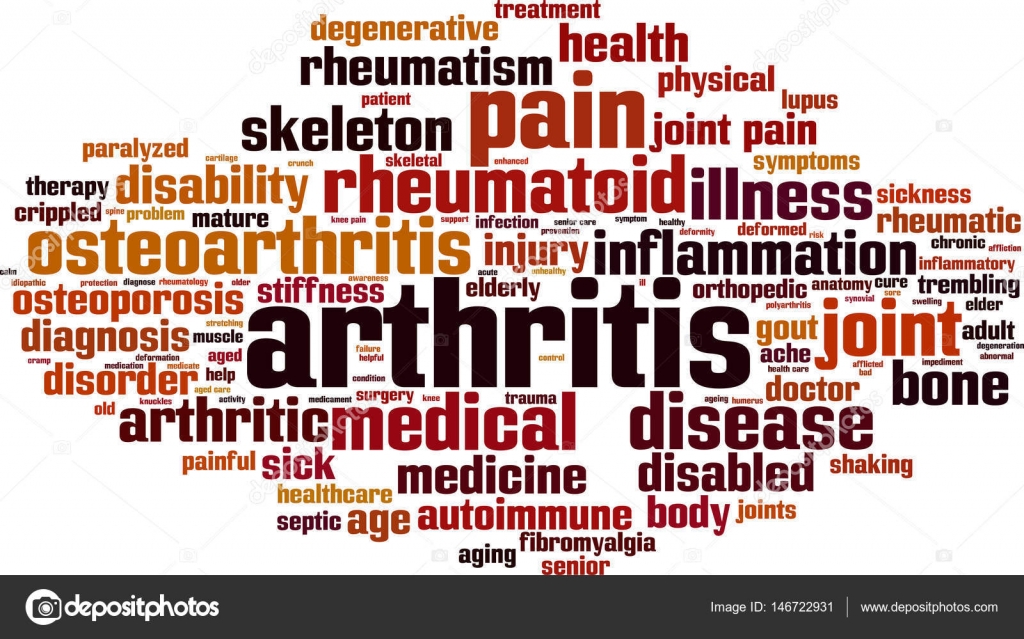

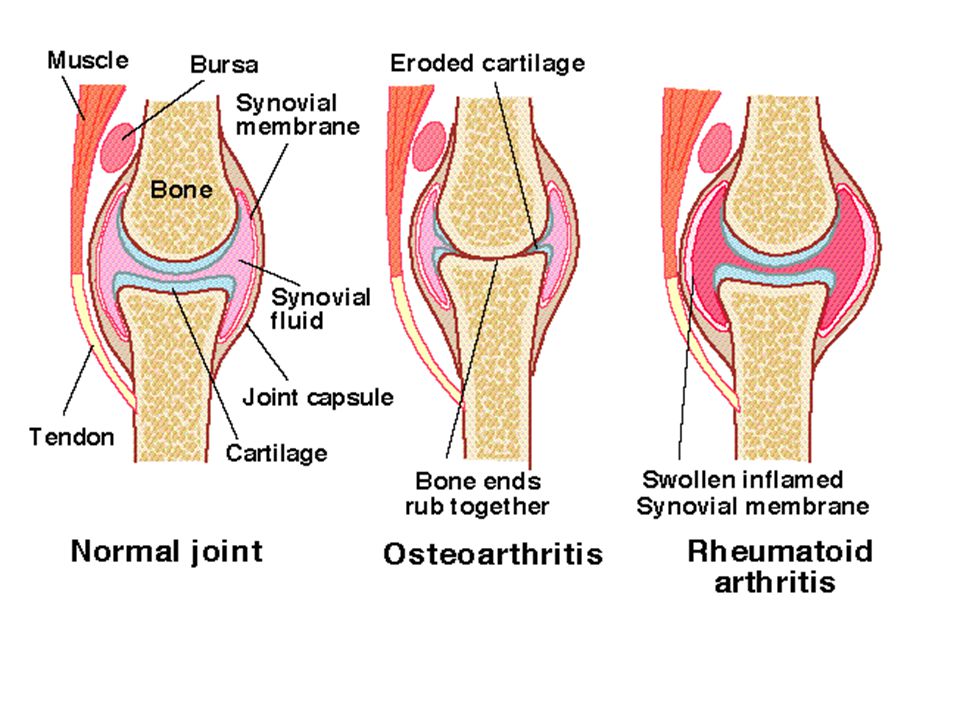
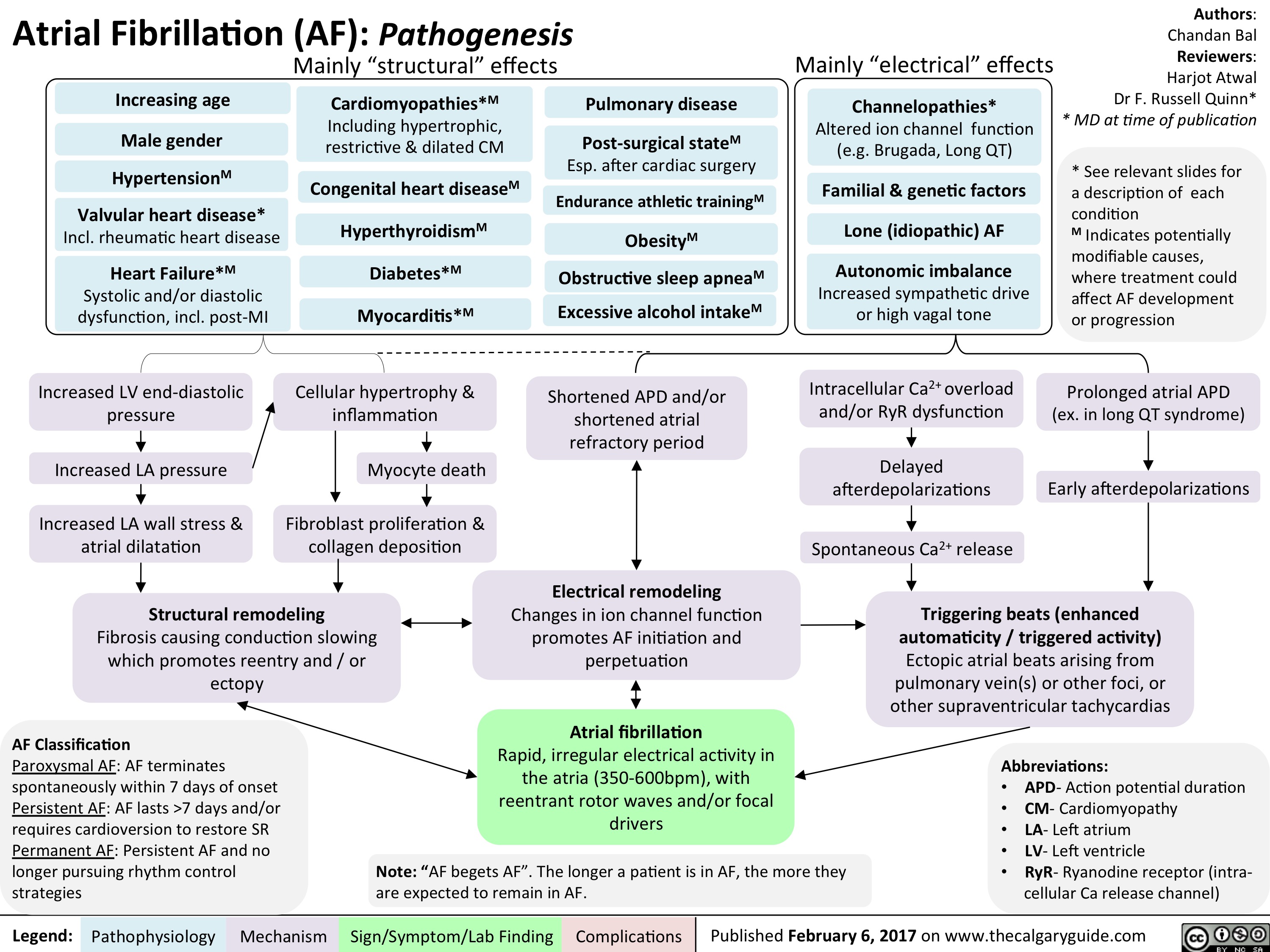 In rheumatic diseases, internal organs can also be affected.
In rheumatic diseases, internal organs can also be affected.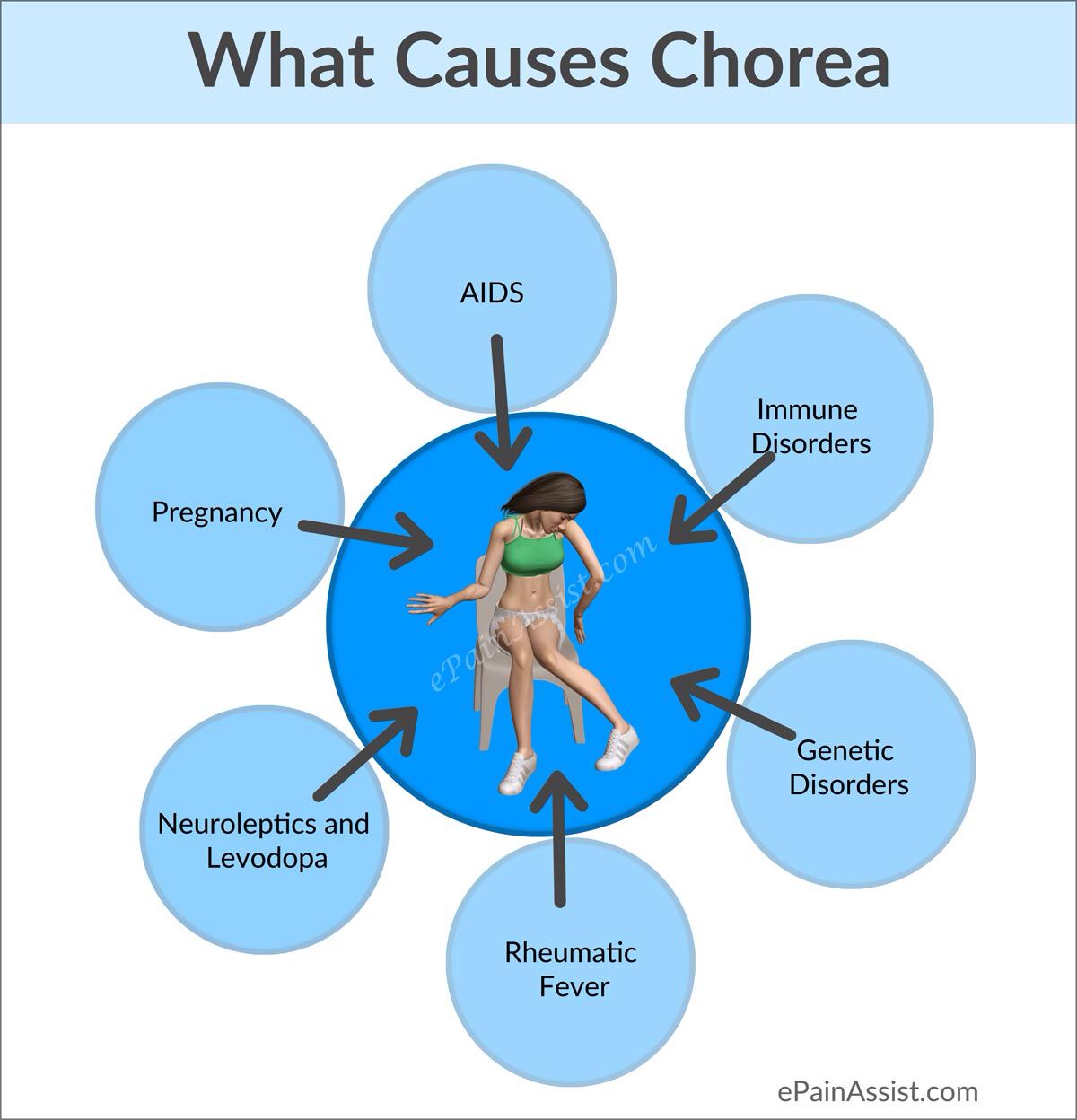 In fact, arthritis can occur at any age.
In fact, arthritis can occur at any age.